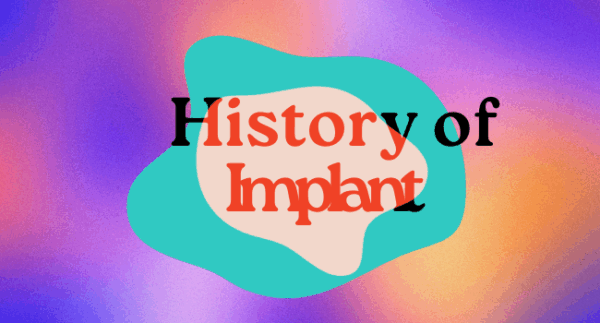Contraceptive Pearl: Postpartum Contraception
Written by Partners in Contraceptive Choice and Knowledge (PICCK)
Prenatal care visits and the delivery stay are the optimal times to address postpartum contraception. Waiting until a postpartum visit to discuss a contraception plan is not sufficient, as 50% of people have sex before six weeks postpartum¹⁻² and 40% do not come to this visit.³ Therefore, prenatal care visits and the delivery stay are optimal times to discuss and initiate postpartum contraception use. Many methods of contraception are safe to use immediately after delivery, even if patients are chestfeeding.*
Methods safe and effective for immediate postpartum use:
Most forms of contraception can be safely started immediately after delivery. IUDs can be placed immediately after placental delivery for most patients.²
There are no specific safety concerns or contraindications to the use of the implant, injection, or progestin-only pills in the immediate postpartum period. All these methods are rated by the Centers for Disease Control and Prevention US Medical Eligibility Criteria (CDC MEC) as category 1 for general use. During lactation, these methods are rated as a category 2 (benefits of use generally outweigh the theoretical or proven risk) until 4 weeks postpartum, at which point they become a category 1.
Levonorgestrel and ulipristal acetate emergency contraception are also safe to use immediately postpartum. Both are rated as CDC MEC category 1. For patients who will be exclusively chestfeeding, the lactational amenorrhea method (LAM) is highly effective up to the first six months postpartum.
Methods not as safe or effective for immediate postpartum use:
Estrogen-containing methods should not be started immediately postpartum. They are classified by the CDC MEC as category 4 for the first 3 weeks after delivery and categories 2-3 from 3 weeks through 6 weeks, depending on individual venous thromboembolism (VTE) risk.⁴ The diaphragm and cervical cap also should not be started until 6 weeks postpartum,⁵ and fertility awareness methods should be used with caution in the first six months postpartum because of menstrual cycle irregularities.⁶
Counsel patients about all their options prenatally and provide their chosen methods during the delivery stay when possible. Some patients, especially those interested in using estrogen-containing methods, may choose to set two postpartum contraception plans: one for immediately after delivery and one for six weeks later when additional methods become safe to use.
*Chestfeeding refers to feeding a child human milk from a person’s chest. RHAP uses these terms – chestfeeding and human milk – because we understand that people of all genders participate in this process.
RHAP resources:
Your Birth Control Choices Fact Sheet
Your Birth Control Choices Poster
Medical Eligibility Criteria for Initiating Contraception
Contraceptive Pearl: Lactation and Hormonal Contraception
PICCK resources:
Postpartum Contraception Maternity Care Guideline
PICCK Postpartum Contraception Decision Aid
Sources:
Pharma-free
The Reproductive Health Access Project does not accept funding from pharmaceutical companies. We do not promote specific brands of medication or contraception. The information in the Contraceptive Pearls is unbiased, based on science alone.
Sign-up to Receive Contraceptive Pearls Monthly!
If you enjoyed this Contraceptive Pearl, sign up to have them delivered to your inbox! Contraceptive Pearls are released on the third Tuesday of every month!

